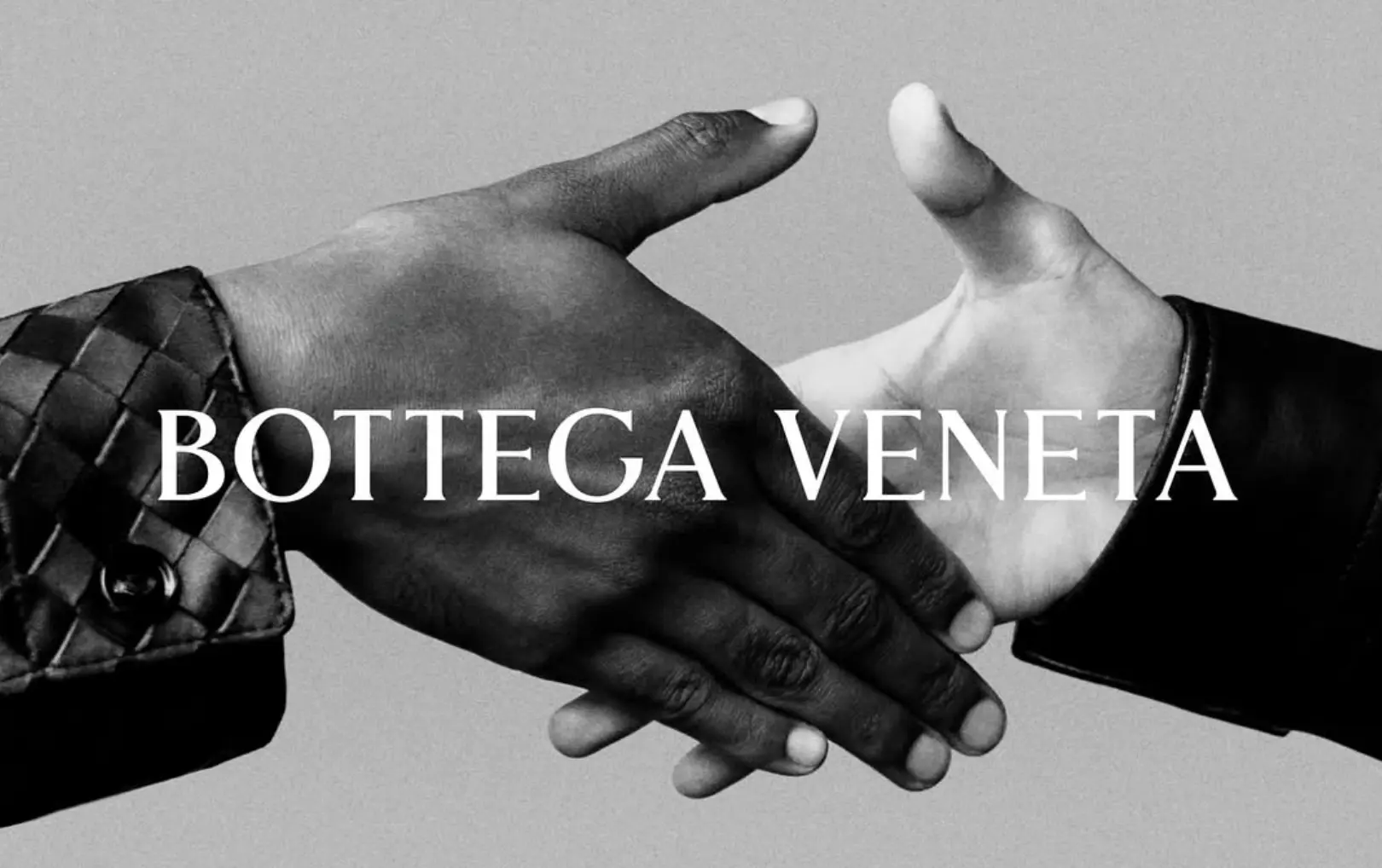How World of Warcraft Became a Business Powerhouse (and Helped Fans Build Their Own)
Updated on
Published on

For most people, World of Warcraft is a video game. A big one, sure — huge even — but still "just a game." For others, especially those who've watched its evolution over the past 20 years, WoW is something else entirely. It's a business case study and a digital world that not only rakes in billions but quietly teaches players about systems thinking, loyalty, and customer retention. And in some corners of the internet, it's even a platform for fans to earn real income. Let's break this down from a marketer's angle.

Blizzard's Long Game: Community Over Hype
From the start, Blizzard didn't rely on flashy launch campaigns or celebrity involvement. The strategy was slower and deeper. They wanted to build a rich universe. So, people would willingly spend thousands of hours inside it. Unlike games that burn bright and fizzle out, WoW fostered long-term engagement. This was possible through:
- Expansions that refresh the game every few years.
- New continents, races, and class mechanics.
- In-game events tied to real-world seasons and holidays.
- A guild-based structure turning players into active community members.
In other words, Blizzard didn't just sell content. They sold their belongings.
How to Make $10 Billion Without Breaking the Game
Before battle passes and loot boxes became standard, World of Warcraft had already figured out how to get players to pay willingly and regularly. The game launched with a subscription model. In 2004, that was a radical move.
Instead of charging once and fading into the background, WoW became a monthly ritual. Players didn't feel like they were paying to play. They felt like they were paying to stay connected. Over time, Blizzard layered in additional revenue streams:
- Cosmetic mounts and pets through the in-game shop
- Paid server transfers, race changes, and faction swaps
- The WoW Token system (players buy a token for real money, then sell it in-game for gold)
This last one is particularly brilliant. It allowed players to buy game time with gold, while Blizzard still got paid in cash. It also quietly legitimized in-game currency trading, on Blizzard's own terms.
When Players Become Service Providers
Here is where it gets really interesting. While Blizzard monetized from the top, a parallel economy formed beneath it. Entire ecosystems of players began offering services to others: dungeon carries, raid clears, arena rating boosts.
That is where platforms offering Wow boost services entered the picture. Whether solo freelancers advertising on Discord or large-scale carry networks operating like agencies, these services turned WoW into a kind of gig economy.
It is not just about rich players buying convenience. For some, it is part-time work. For others, it is full-time income. Unlike traditional esports, where only the elite 0.01% can cash in, the cooperative structure of WoW means skilled players can monetize in more accessible ways:
- High-end raiders offering carry spots for weekly loot
- PvP players selling coaching or cap services
- Mythic+ specialists are timing dungeon runs for buyers
The trust-based nature of WoW communities (plus the demand for skilled, reliable players) created a space where reputation matters, and returning clients are real.
Brand Identity, The Azeroth Way
Blizzard built WoW with a tone that other brands spend millions trying to fake. It is funny, dark, ironic, warm, and even self-aware at times. That tone extends everywhere. This consistency built a kind of invisible brand trust. Players may criticize game balance, but they know what WoW "feels" like. And that feeling is part of what keeps them around. What does that mean for a business? Voice matters. And once you get it right, it becomes an asset stronger than most ad budgets.

Why Players Keep Coming Back
Let's say you have been away from WoW for two years. One day, you hear a new expansion is coming. You watch a trailer, see a class rework, and hear an old friend mention their guild's coming back. Suddenly, you are reinstalling the game and updating your UI. That is not luck. That is re-engagement marketing at its finest. Blizzard does this when they:
- Createlore hooks and cinematic teasers
- Offer limited-time bonuses or welcome-back events
- Keep class identity and progression fresh
They also never punish returning players. Your account still works. Your mounts are there. Your old guild might still be active. The onboarding isn't about punishment. It is about rekindling.
The Rise of the WoW Economy
World of Warcraft is not a passive world. It runs on professions, auction houses, market speculation, and item scarcity. It is basically a fantasy version of Wall Street — complete with bots, buyouts, and bubbles. What's fascinating is how many players started to think like traders, even if they didn't realize it. Price-tracking, arbitrage, supply chains — it's all in there. Some became rich (in gold); others became suppliers, and a few learned the fundamentals of microeconomics without ever opening a textbook.
Live Service, Live Content, and Free Marketing
Every world boss spawn, PvP brawl, or Twitch stream is content. Blizzard doesn't need to run daily ads. Its own player base creates visibility just by playing. That is a live service advantage many brands don't fully grasp.
- Streamers generate long-tail awareness
- Guilds host recruitment posts that double as community ads
- Fan art, machinima, and memes keep the culture alive between expansions
Even controversies (like unpopular patch decisions) fuel discourse and keep WoW on the timeline. Silence would be worse.
How WoW Teaches Business Strategy Without Players Realizing It
World of Warcraft doesn't hand out MBAs. However, it sure makes players think like strategists. Every dungeon run, auction flip, or raid decision involves some version of planning, risk, and tradeoffs that echo real-world business logic.
- Risk vs reward — Should I risk pugging a +17 with strangers or settle for a +15 with my guild?
- Resource allocation — Use my crafting mats now, or wait for prices to spike next week?
- Time management — Do I farm gold for 2 hours or pay for a carry and use that time elsewhere?
- Market timing — Sell gear during raid tier launch or wait for inflation to kick in?
Players constantly weigh options and learn through iteration. These are not just gaming decisions. They mirror real-life business calls.
And Yet, It's Still Just a Game... Right?
Yes, and that's part of the genius. WoW hides complexity behind charm. It teaches without lecturing. It monetizes without feeling exploitative. And in doing so, it has become:
- A case study in sustainable monetization
- A lab for understanding player behavior
- A platform where players can profit from doing what they love
What Brands Can Learn from Azeroth
World of Warcraft was not built overnight. What is more, it has never chased trends. It stuck to core principles — community, content, consistency — and slowly turned into one of the most profitable and beloved online games of all time. It also gave rise to fan-powered business models, where your in-game skills and reputation could turn into actual income. That is not an accident. That is what happens when a game doesn't just entertain — it enables.
If you are a marketer, community manager, strategist, or startup founder, WoW has lessons for you. And if you are a player with a knack for dungeons, maybe it is time to look at Azeroth as more than a playground. It might be your next business move.







